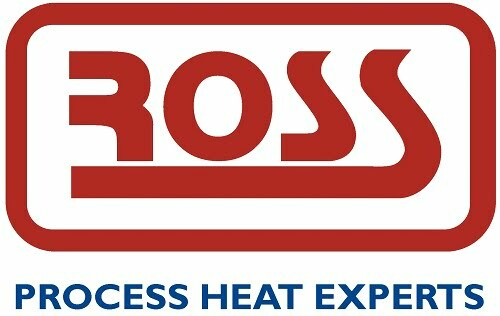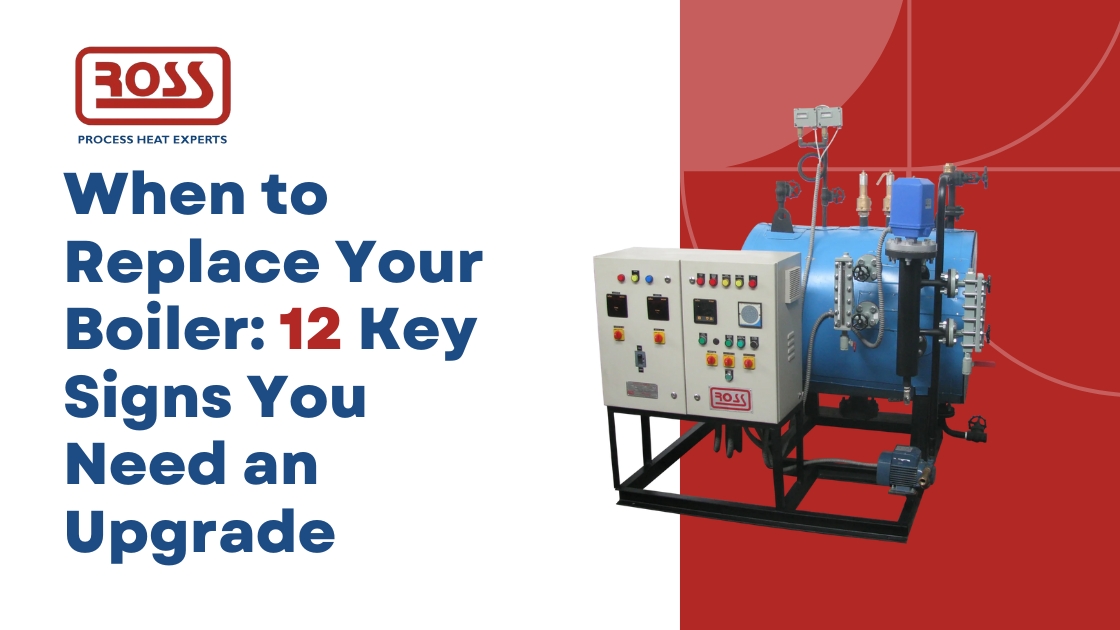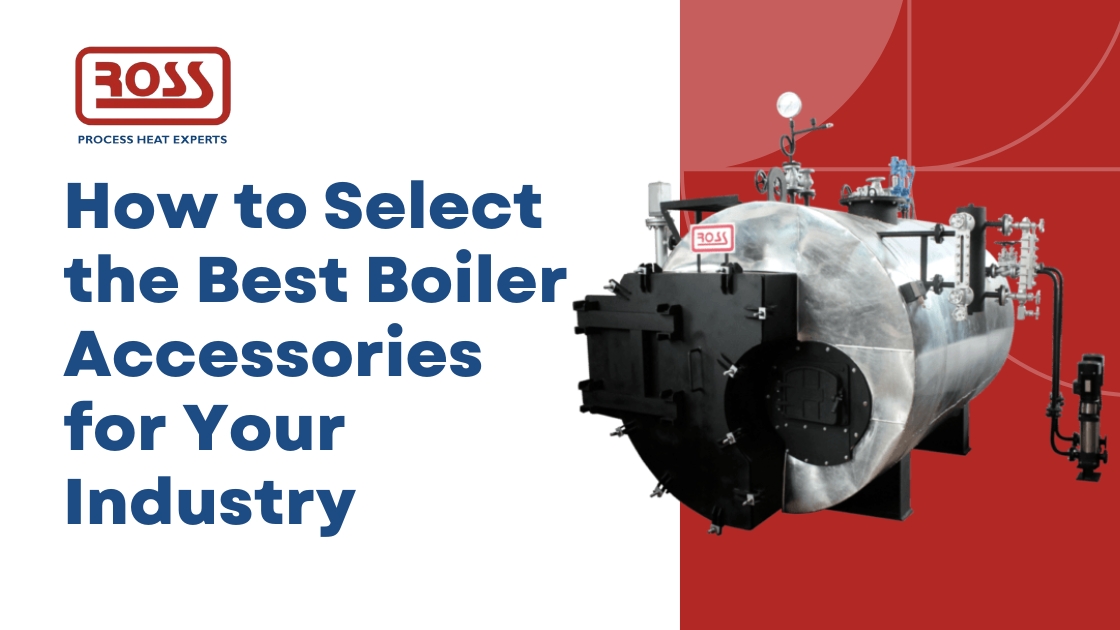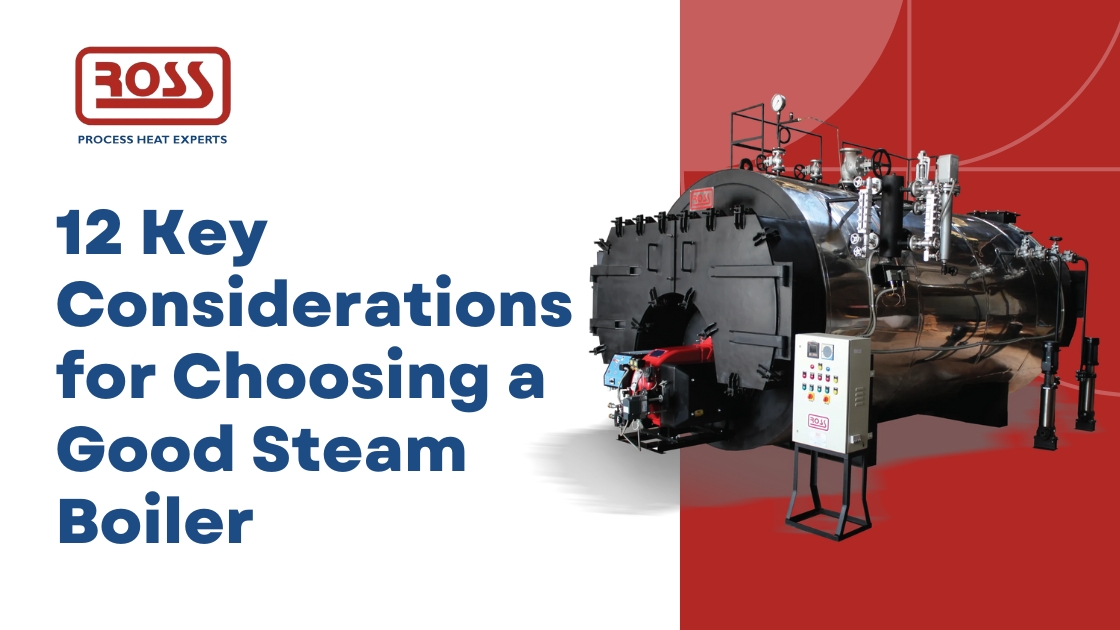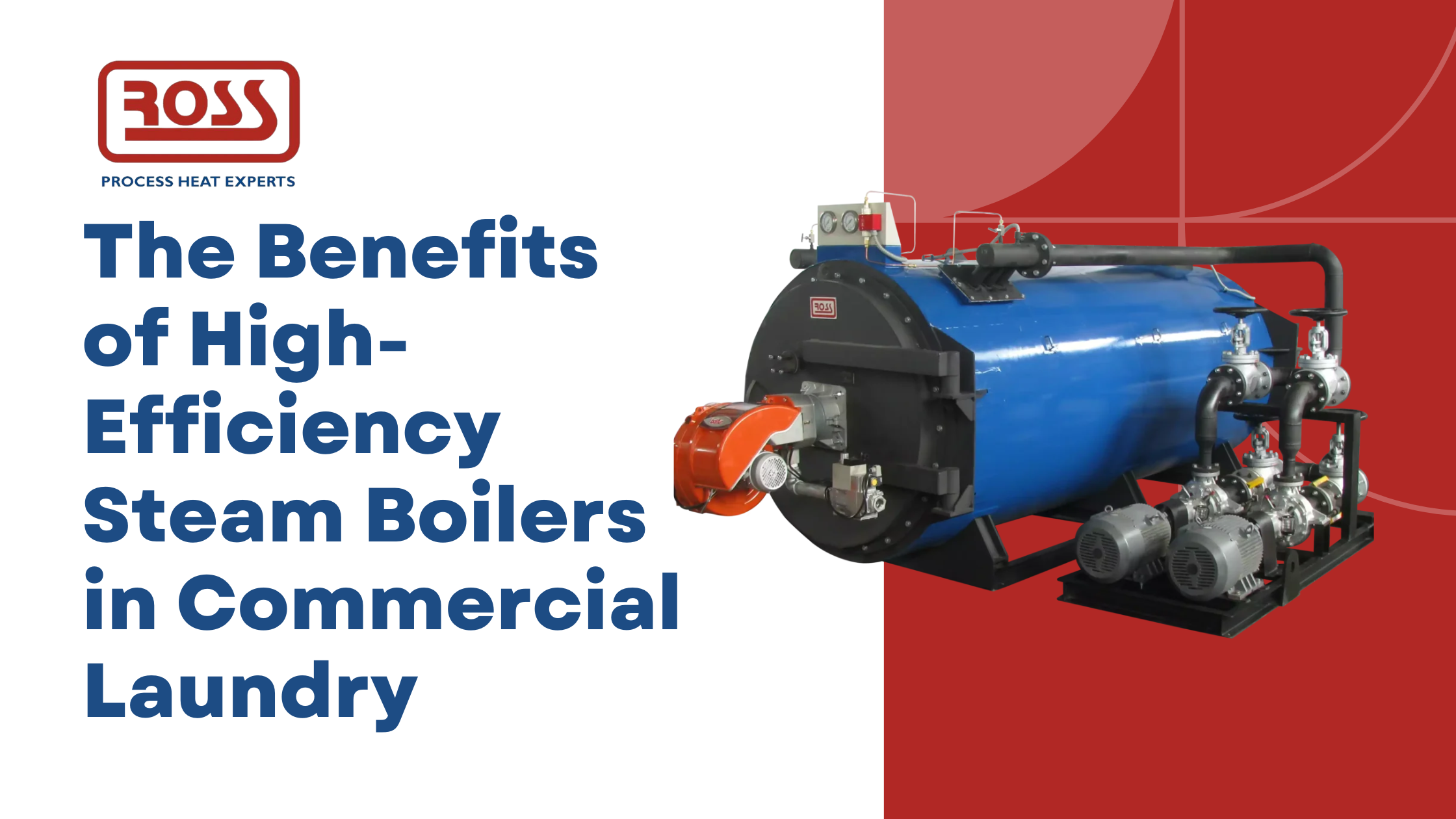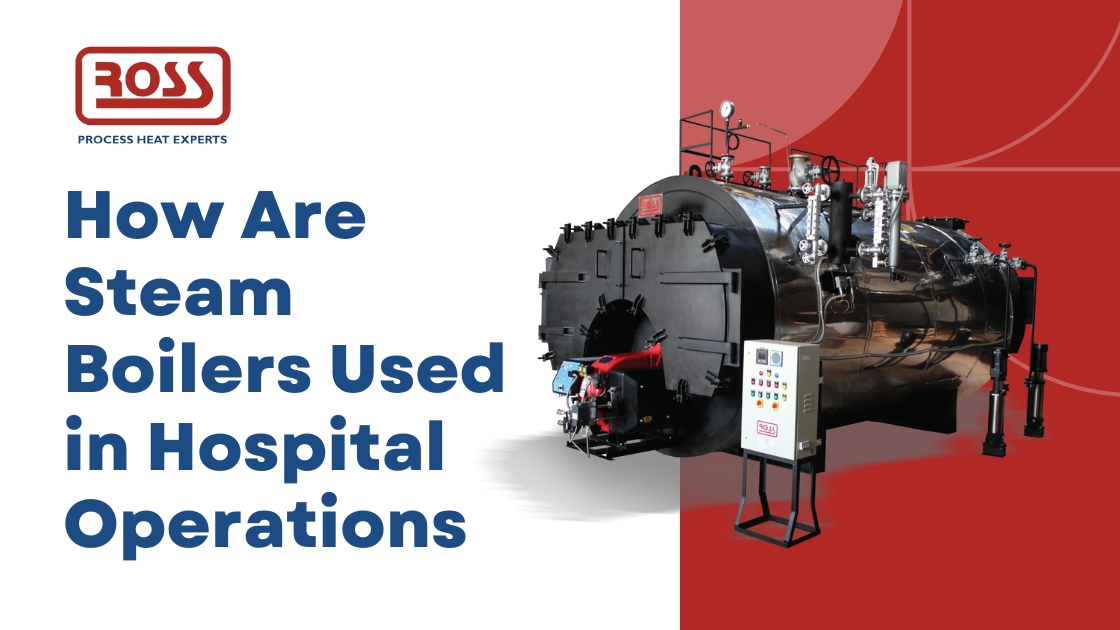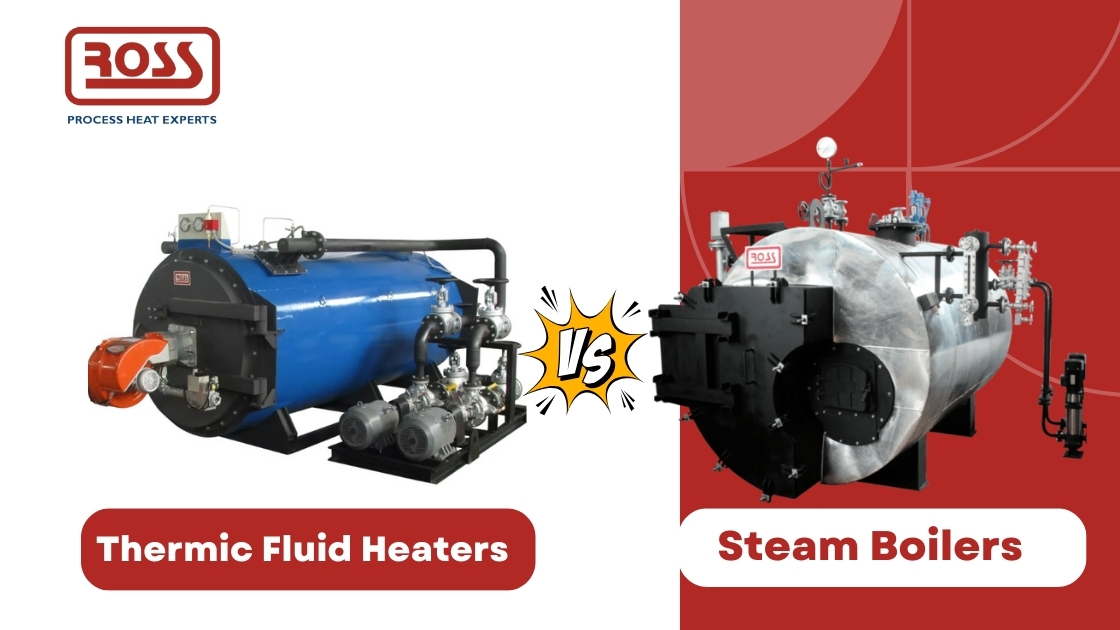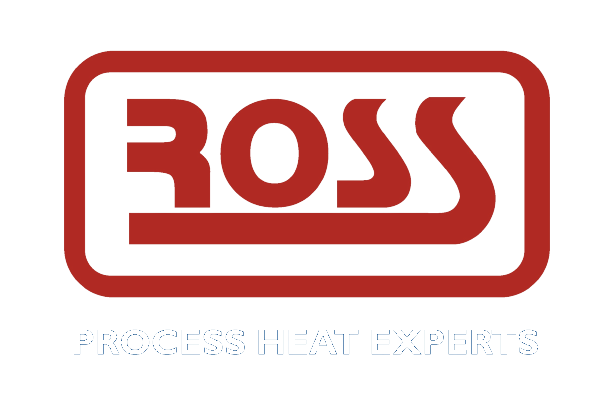How Thermic Fluid Heaters Work and its Benefits?
Thermic fluid heaters are essential in industries that require controlled heating for their processes. From chemical plants to food processing units, these heaters provide an efficient way to transfer heat without direct contact between the heating source and the material being heated. Understanding how thermic fluid heaters work is crucial for anyone involved in industrial operations. This guide will take you through the basics, types, design, working process, advantages, and safety considerations of thermic fluid heaters.
What is a Thermic Fluid Heater?
A thermic fluid heater is a piece of equipment used in various industries to provide indirect heat to a process. Unlike traditional boilers that generate steam, thermic fluid heaters heat a special fluid (called thermic fluid) that circulates through the system to transfer heat to different parts of the process. The main advantage of this method is that it allows for precise temperature control and can reach higher temperatures than steam-based systems without requiring high pressures.
Thermic fluid heaters are used in many industries, including oil and gas, chemical processing, food and beverage production, textiles, and pharmaceuticals. They are particularly useful in processes where direct contact with the heating source could lead to contamination or where high temperatures are needed without the risks associated with high-pressure steam.
Types of Thermic Fluid Heaters
Thermic fluid heaters come in various types, each designed to meet specific industrial needs. The most common types include:
1. Coal-Fired Thermic Fluid Heaters:
These heaters use coal as the primary fuel source. They are often used in industries where coal is readily available and cost-effective. However, they require more maintenance and produce more emissions compared to other types.
2. Oil-Fired Thermic Fluid Heaters:
These heaters use oil (such as diesel or furnace oil) as fuel. They are more efficient than coal-fired heaters and produce fewer emissions. Oil-fired heaters are commonly used in industries where oil is a preferred or more accessible fuel source.
3. Gas-Fired Thermic Fluid Heaters:
These heaters use natural gas or liquefied petroleum gas (LPG) as fuel. Gas-fired heaters are known for their efficiency and lower emissions compared to coal and oil-fired heaters. They are often used in industries that prioritize environmental considerations.
4. Electric Thermic Fluid Heaters:
These heaters use electricity to generate heat. They are the cleanest and most efficient type of thermic fluid heaters but are generally more expensive to operate due to the cost of electricity. Electric heaters are typically used in industries with strict environmental regulations or where electricity is a more viable option.
5. Biomass-Fired Thermic Fluid Heaters:
These heaters use biomass materials (such as wood chips, agricultural waste, or pellets) as fuel. They are environmentally friendly and can be a cost-effective option for industries with access to biomass resources. Biomass-fired heaters are increasingly popular in sustainable operations.
Design and Construction of Thermic Fluid Heaters
The design and construction of thermic fluid heaters are crucial to their efficiency and safety. These heaters are typically made from high-quality materials that can withstand the high temperatures and pressures involved in the heating process.
Thermic fluid heater consists of two concentric coils in which the inner coil acts as a radiation zone and outer coil acts as a convection zone. Thermic fluid heaters can be made either 3 pass or 4 pass depending on the design of thermic fluid heater and the type of fuels to be burnt.
1. Basic Components:
Combustion Chamber:The combustion chamber is the heart of a thermic fluid heater, where fuel combustion occurs to generate the necessary heat for the system. This area is meticulously designed to optimize fuel efficiency and minimize harmful emissions, making it both effective and environmentally responsible.
Coil System: The heat generated in the combustion chamber is transferred to the thermic fluid through a series of coils. These coils are made from materials like steel or alloy, designed to handle high temperatures and ensure efficient heat transfer.
Thermic Fluid Circulation System: This system circulates the heated thermic fluid through the heater and to the process being heated. The circulation system includes pumps and piping that are designed to handle the specific properties of the thermic fluid.
Expansion Tank:In a thermic fluid heating system, an expansion tank is a crucial component designed to accommodate the expansion of the thermic fluid as it heats up. As the temperature of the fluid increases, it expands, resulting in a significant increase in its volume. Without an expansion tank, this increase in volume could lead to excessive pressure within the system, potentially causing leaks or even system failure.
Control System: Modern thermic fluid heaters include sophisticated control systems that monitor and regulate the temperature, pressure, and flow of the thermic fluid. These systems ensure safe and efficient operation.
2. Construction Materials:
Heat-Resistant Metals: In thermic fluid heaters, the coils and combustion chamber are constructed from specially selected heat-resistant metals designed to endure the extreme temperatures generated during operation. These metals are chosen for their ability to maintain structural integrity and performance under intense heat conditions, which can reach temperatures as high as 750°F (400°C) or more.
Insulation: In thermic fluid heaters, high-quality insulation materials play a vital role in minimizing heat loss and enhancing the overall efficiency of the system. The insulation is typically applied to the exterior surfaces of the heater, including the combustion chamber, coils, and piping, to prevent heat from escaping into the surrounding environment.
Corrosion-Resistant Materials: In thermic fluid heaters, the components that come into direct contact with the thermic fluid are typically constructed from corrosion-resistant materials. This is crucial because the thermic fluid, especially when heated to high temperatures, can be chemically aggressive and may cause corrosion over time.
Working Principle of Thermic Fluid Heaters
The working principle of thermic fluid heaters is based on the concept of indirect heating. Here’s a simplified explanation:
1. Heat Generation:
In a thermic fluid heater, heat generation begins with the combustion of fuel within the combustion chamber. This chamber is designed to facilitate the burning of various fuels, such as natural gas, oil, or coal, which produces intense heat through the combustion process.
2. Heat Absorption:
During the heat absorption phase in a thermic fluid heater, the heat generated in the combustion chamber is transferred to the thermic fluid circulating through the coils. As the fuel burns in the combustion chamber, it produces high temperatures that are conducted through the walls of the chamber to the surrounding coils or tubes, which contain the thermic fluid.
3. Heat Transfer:
In the heat transfer phase of a thermic fluid heater system, the heated thermic fluid is pumped through insulated pipes to reach the designated process that requires heat. These insulated pipes are designed to maintain the high temperature of the fluid as it travels from the heater to the process area, minimizing heat loss during transit.
4. Fluid Circulation:
Once heated, the thermic fluid is pumped through a network of insulated pipes that transport it to various parts of the industrial system. These insulated pipes help maintain the fluid’s high temperature by minimizing heat loss during transit. The fluid circulates continuously, ensuring that it remains at the desired temperature as it moves through the system.
5. Heat Transfer to the Process:
At the process location, the hot thermic fluid enters a heat exchanger or similar device. The heat exchanger facilitates the transfer of thermal energy from the fluid to the process medium, such as air, water, or other materials. This occurs through a system of heat exchange surfaces where the thermic fluid passes close to the process medium. The fluid’s heat is transferred to the process medium without the two coming into direct contact. This setup ensures efficient heat transfer while keeping the process materials safe from contamination.
6. Return and Reheating:
After transferring its heat, the thermic fluid exits the heat exchanger at a lower temperature. It then returns to the combustion chamber or adjacent coils in the heater to be reheated. The return journey is essential for the fluid to regain its temperature before continuing the cycle. This reheating process involves exposing the cooled fluid to the high temperatures generated by the combustion process, thereby restoring its thermal energy.
7. Continuous Cycle:
This cycle of heating, transferring heat to the process, and returning for reheating is continuous. The closed-loop system ensures that thermal energy is consistently supplied to the process without interruption. By maintaining a steady flow of heated fluid, thermic fluid heaters provide reliable and efficient heating, adapting to varying process demands while optimizing energy use.
Advantages of Thermic Fluid Heaters
Thermic fluid heaters offer several advantages over traditional steam-based heating systems:
1. High Efficiency:
Thermic fluid heaters are highly efficient, with minimal heat loss during the heating process.This high efficiency not only maximizes the energy use but also contributes to lower operational costs and reduced fuel consumption, making thermic fluid heaters a cost-effective choice for industrial heating applications.
2. Precise Temperature Control:
Thermic fluid heaters offer exceptional precision in temperature control, which is vital for many industrial applications where exact thermal conditions are required. These heaters are equipped with advanced control systems and sensors that enable operators to set and maintain precise temperature levels.
3. Low Pressure Operation:
One of the key advantages of thermic fluid heaters is their ability to operate at low pressures, which significantly enhances safety in industrial environments. Unlike steam-based systems, which require high pressures to achieve high temperatures, thermic fluid heaters can deliver the same level of heat at much lower pressures.
4. High Temperature Capability:
Thermic fluid heaters are engineered to achieve significantly higher temperatures than traditional steam-based systems, making them an excellent choice for industrial processes that demand extreme heat. Unlike steam boilers, which require high pressures to reach elevated temperatures, thermic fluid heaters can achieve the same, or even higher, temperatures at much lower pressures.
5. Versatility:
Thermic fluid heaters are highly versatile, capable of operating with a broad spectrum of thermic fluids. This adaptability allows them to be customized to meet the specific requirements of various industries and processes.
6. Lower Maintenance Costs:
Due to their simpler design and low-pressure operation, thermic fluid heaters typically require less maintenance than steam-based systems. The simpler design of thermic fluid heaters, with fewer moving parts and less complex mechanisms, means that they are easier and less expensive to maintain. This can result in significant cost savings over time.
7. Central Plant Heating:
In the past, large and multi-purpose facilities typically needed both a steam boiler and a thermic fluid heater to meet their process heating requirements. However, advancements in technology have enabled industries to use heat exchangers in conjunction with thermic fluid heaters.
Benefits of Thermic Fluid Heaters Over Steam Boilers
1. Higher Operating Temperature:
Thermic fluid heaters are capable of reaching and maintaining higher temperatures compared to steam boilers. They can operate at temperatures up to 750°F (400°C), which is beneficial for processes that require very high thermal energy. This capability makes them suitable for applications in industries such as chemical processing, plastics, and food processing, where high temperatures are necessary for effective operation.
2. Reduced Pressure Requirements:
Unlike steam boilers, which require high pressures to generate steam, thermic fluid heaters operate at relatively low pressures. This lower pressure reduces the risk of pressure-related hazards, such as explosions or leaks, and decreases the wear and tear on equipment. As a result, thermic fluid heaters are generally safer and require less stringent pressure safety measures compared to steam boilers.
3. Lower Maintenance Costs:
Thermic fluid heaters typically have fewer maintenance needs than steam boilers. They do not have high-pressure components or the complex steam systems found in boilers, which often require frequent inspection and maintenance. The simpler design and fewer components of thermic fluid heaters contribute to lower maintenance costs and reduced downtime, enhancing overall operational efficiency.
4. Increased Safety:
The lower operating pressures of thermic fluid heaters result in a reduced risk of dangerous accidents, such as high-pressure steam leaks or blowouts. This enhanced safety profile makes thermic fluid heaters a preferable option in environments where safety is a critical concern, leading to fewer safety incidents and increased peace of mind for operators.
5. Faster Heat Up Times:
Thermic fluid heaters are known for their rapid heat-up times. They can quickly reach the desired operating temperatures, allowing for faster start-up and quicker response to process demands. This speed is particularly advantageous in industries where time-sensitive processes require immediate heat availability.
6. Flexible Heat Transfer:
Thermic fluid heaters use heat exchangers to transfer thermal energy to the process. This flexible heat transfer method allows for customization to meet specific process requirements without direct steam contact. The ability to adapt the heat exchanger setup for various applications ensures that the heating system can be tailored to different needs and processes.
7. No Risk of Steam Blowouts:
Since thermic fluid heaters do not generate steam, there is no risk of steam blowouts, which can occur with steam boilers and pose significant safety hazards. This eliminates concerns about steam-related accidents and contributes to a safer operating environment.
8. Lower Energy Consumption:
Due to their high efficiency and ability to operate at lower pressures, thermic fluid heaters often consume less energy compared to steam boilers. This reduced energy consumption contributes to lower operating costs and improved overall energy efficiency, making thermic fluid heaters an environmentally friendly choice.
Understanding the Lifecycle of a Thermic Fluid Heater from Installation to Retirement
In Conclusion
Thermic fluid heaters offer a range of benefits over traditional steam boilers, including higher operating temperatures, enhanced efficiency, and reduced maintenance costs. Their ability to operate at lower pressures and deliver precise temperature control makes them a superior choice for many industrial processes. With their compact design, flexibility in heat transfer, and adaptability to various fluids, thermic fluid heaters ensure optimal performance and safety across diverse applications. As industries continue to seek advanced heating solutions, the versatility and efficiency of thermic fluid heaters make them a preferred option.
At Ross Thermal, we specialize in designing and manufacturing high-performance thermic fluid heaters customized to meet your unique requirements. Our advanced heaters are ideal for a wide range of industries, including Chemical & Petrochemical, Food & Beverages, Textile, Drugs & Pharmaceuticals, Engineering, Educational Institutes, and Paper & Packaging. With our commitment to quality and innovation, we deliver efficient and reliable heating solutions tailored to your specific needs. Contact us today to discover how our thermic fluid heaters can enhance your operations.
